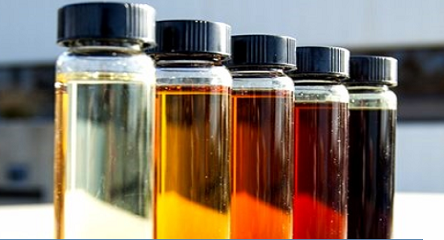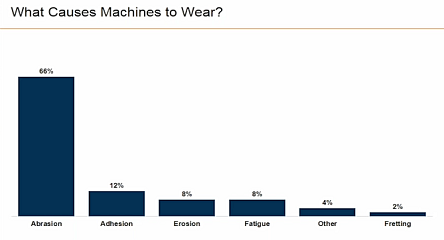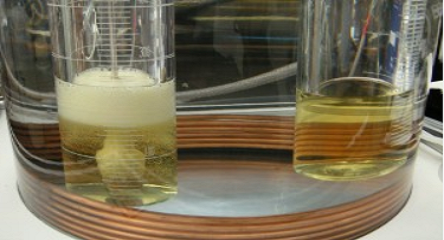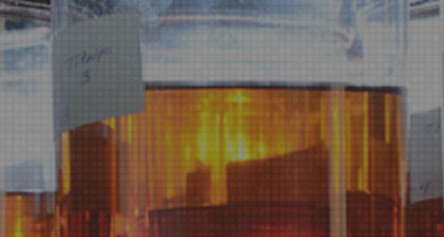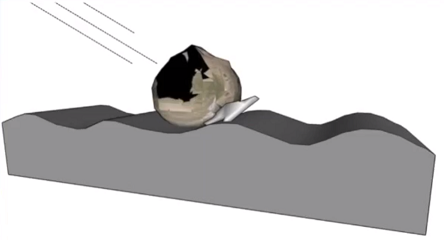Variability in Oil Analysis Results
Two consecutive samples, at normal sampling intervals from the same machine, are never expected to have exactly the same results, but occasionally the second set of results appears to have either changed by more than a normal amount, or possibly have shifted in a counter-intuitive direction (i.e. gotten better without any top-ups or other actions). In these cases, it is quite common to suspect the lab has erred, but the following explanation shows why this trend occurs regularly.
Each test method will have an acceptable tolerance of variation. Repeatability is defined as the difference between two test results, obtained by the same operator with the same apparatus under constant operating conditions on identical test material. Reproducibility is defined as the difference between two single and independent results, obtained by different operators working in different laboratories on identical test materials. Most ASTM methods identify the acceptable tolerance level, or repeatability and reproducibility, of a test; typically, these are reported with a 95% confidence level, meaning the values can only exceed 1 case in 20.
Using elemental spectroscopy as an example, some significant differences in repeatability and reproducibility can be observed. Copper at 10 ppm has a repeatability of 1.0 ppm, and a reproducibility of 2.4 ppm; but lead at 10 ppm has a repeatability of 3.3 ppm, and a reproducibility of 6.9 ppm. Given that repeatability is akin to running the same sample twice in a row, whereas reproducibility is more like rerunning a sample on a different day, the expected difference between two samples pulled on different days should not be expected to be any tighter, and it can be either higher or lower than the previous result.
Some tests, like viscosity, have a variability of approximately 1%, meaning that differences are only noticeable on the first, or potentially second, decimal place. Other tests, like particle count, have a variability exceeding 100%, meaning that the difference between two results can be as high as two-fold (or 1 ISO code). Some tests even have differing variability depending on the magnitude of the result.
The lab is familiar with these limits and takes them into account when reviewing reports; therefore, it is important to have a general idea of just how accurate a test is expected to be before reacting to any differences in results not identified by the lab.


